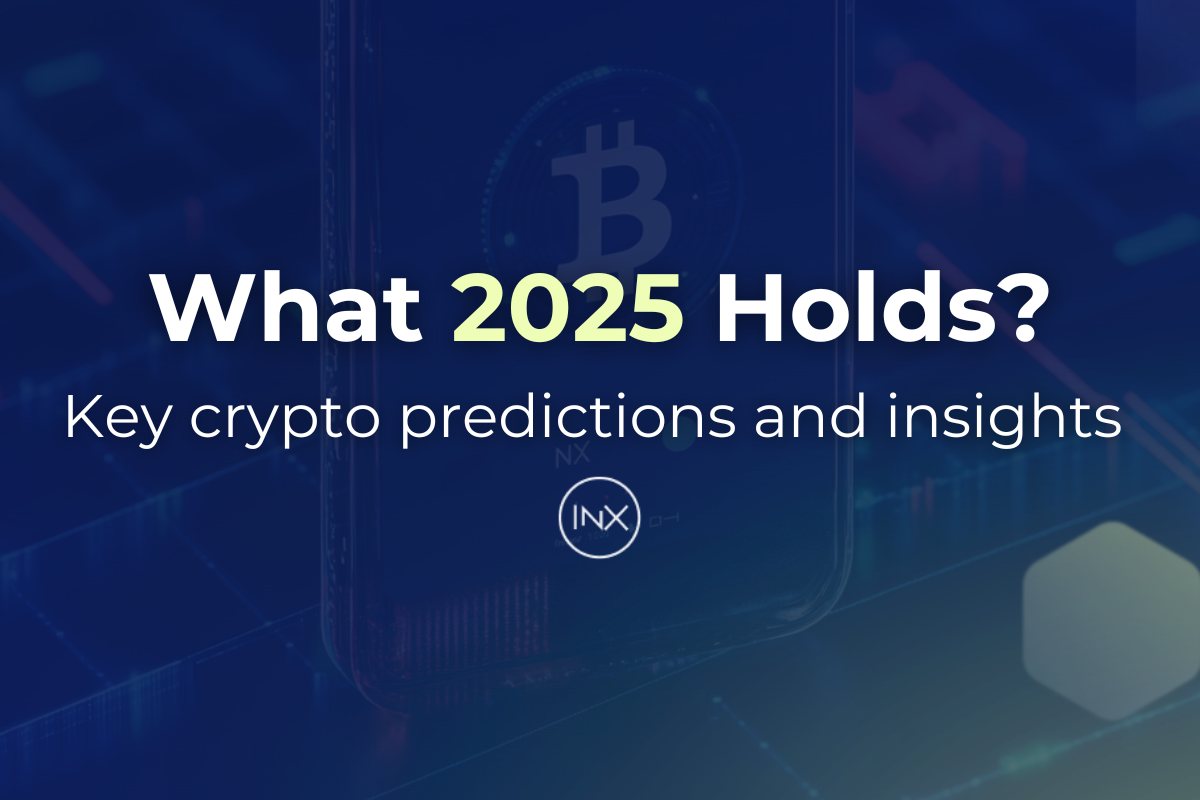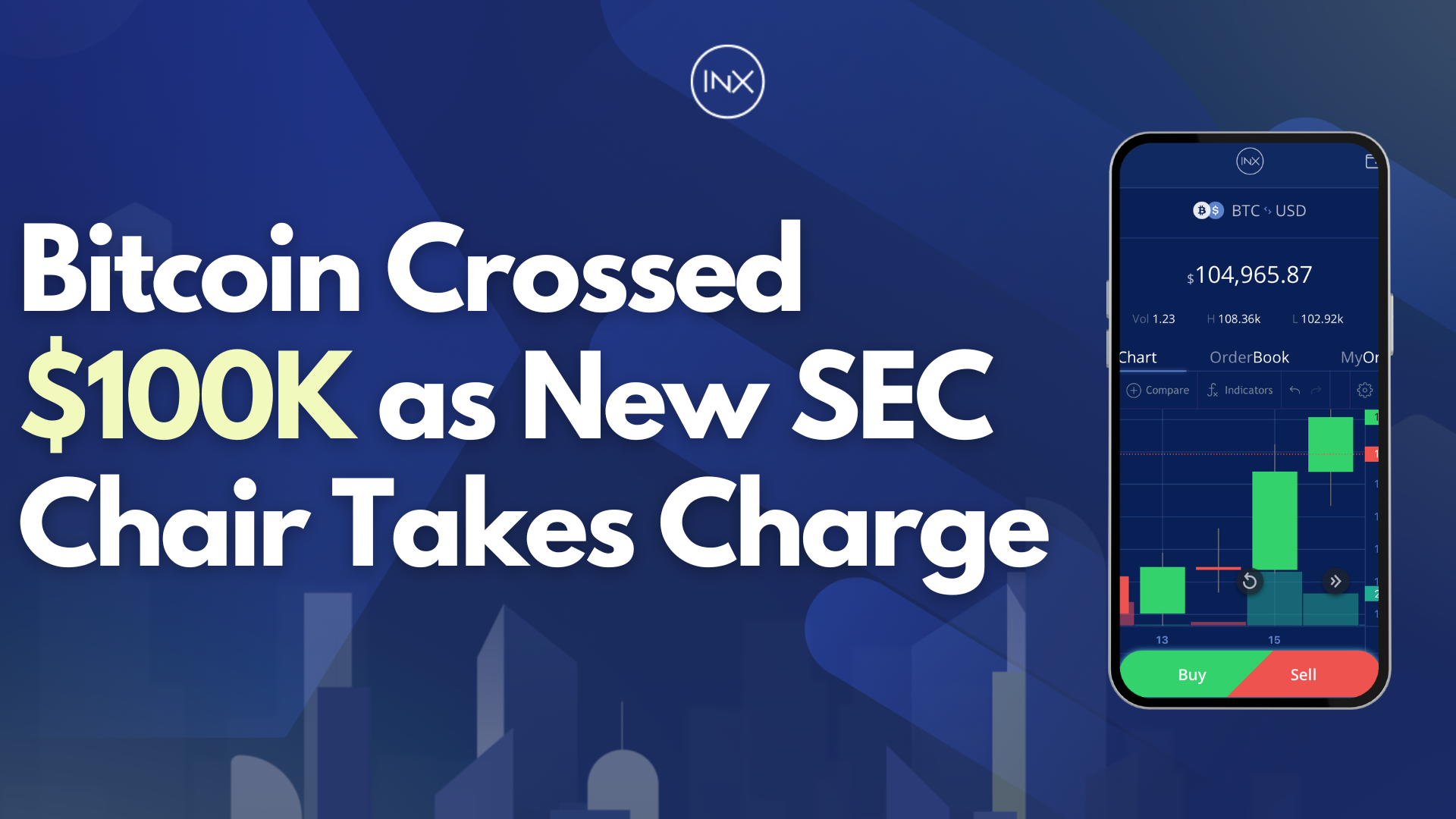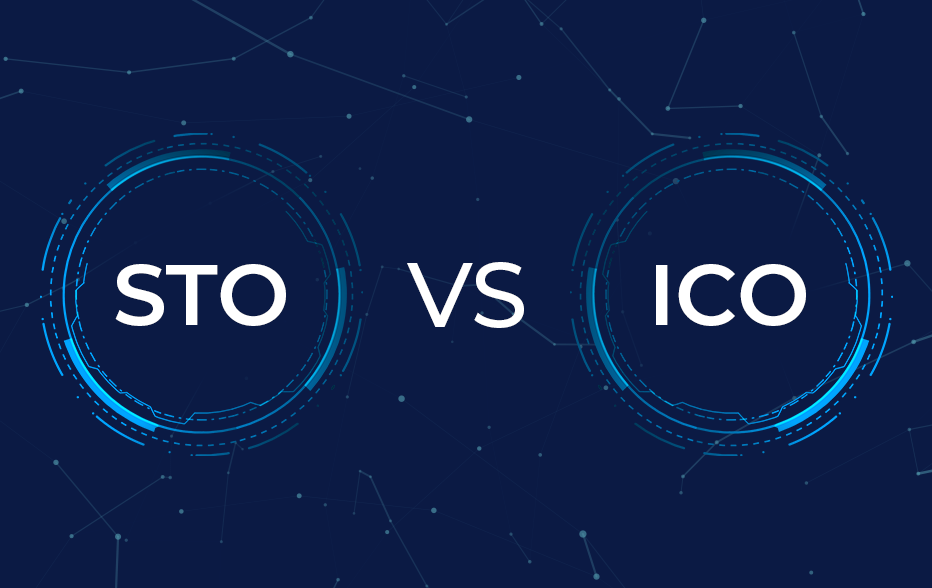An Introduction to Technical Analysis for Crypto Traders
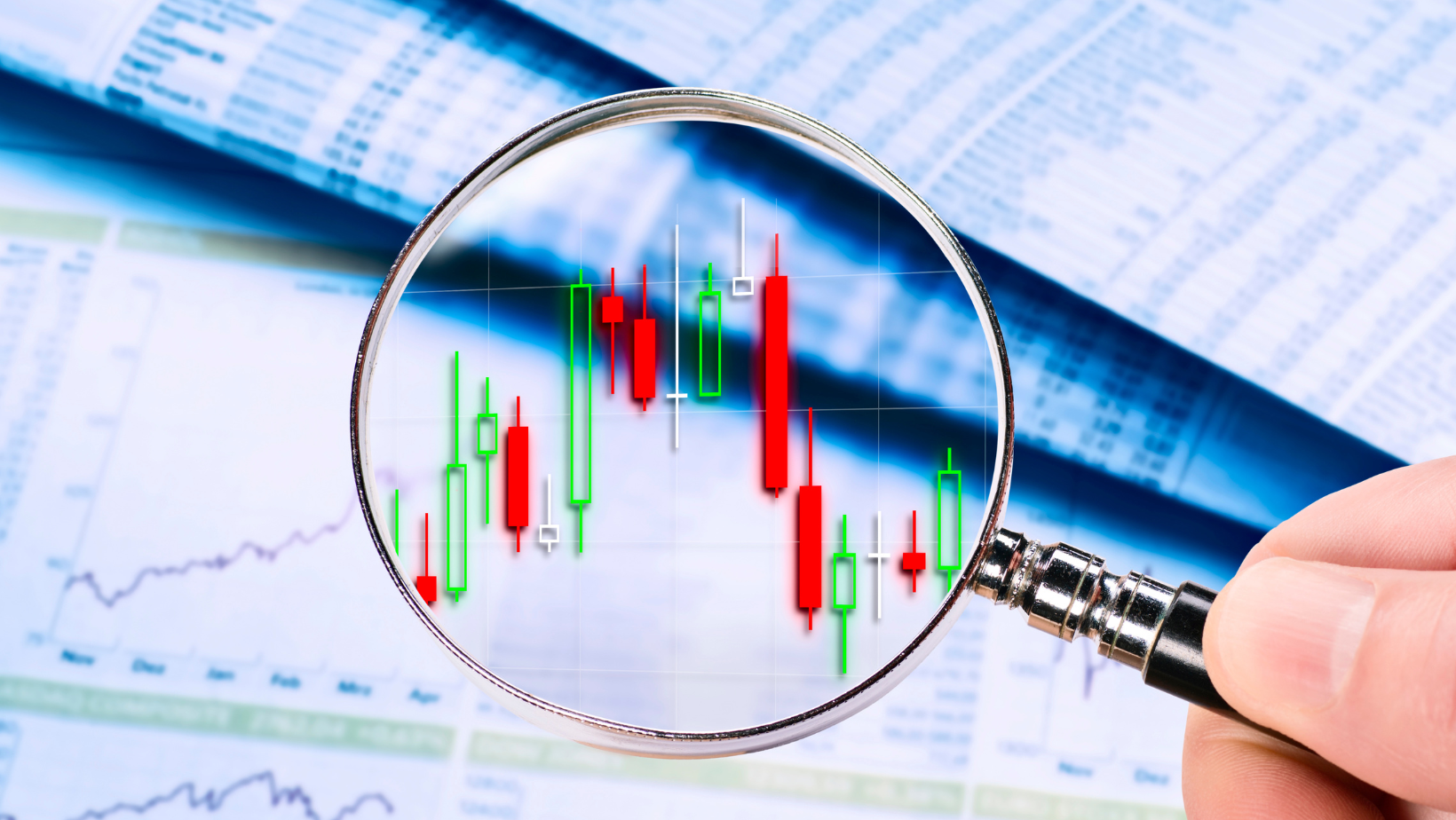
Traders
As you begin your journey as a crypto trader, the most important question to ask yourself is…… Do You Have a Plan? Without a plan you are guessing. With a plan you have a trading strategy.
What Kind of Trader Are You? Technical or Fundamental?
Whether you’re trading crypto, stocks, bonds or any other asset classes, you’ll likely come across two main approaches to trading, technical or fundamental.. The difference between technical and fundamental trading basically amounts to the reason for making the trade.
A fundamental trader bases their decision on the news and financial data, or information relating to the instrument being traded. The fundamentals refer to the “why”, the reason being subjective, and is based on the source of the information. Cryptocurrency markets have their own fundamentals that are worth analyzing when evaluating a particular coin.
The technical trader bases their decision on checking the price and studying a chart to see how the instrument reached that price. The technical refers to the live price and puts it into context as to how it gets to be at the current level? This process is objective and based on past performance.
Technical Analysis for Crypto Trading
Whether the instrument of choice is a cryptocurrency or a security token, a fundamental trader will search for news and information regarding their instrument of choice. Social media platforms play a significant role as a source of information in this style of trading.
As a technical trader, the process is structured and organized, following an objective set of rules. The logic behind technical trading is based on history repeating itself, and the idea that studying the chart can help a trader identify recurring patterns that can predict the future movement of an asset. The trader uses technical indicators to track market behavior from the past, and identifies similar setups and market conditions at current/live prices.
Basic Technical Analysis Tools
1. Support and Resistance Levels
2. Trend Lines
3. Candlestick Patterns
Support and Resistance. These are the previous high and low prices that were reached. This is relevant as traders must be aware of these levels and, depending on the price behavior, will anticipate the previous levels to hold and look for a reversal, or expect the previous levels to be broken and the trend to continue.
Trend Lines. Learn to identify an uptrend, a downtrend and a sideways trend. This is an objective exercise and it is necessary to recognize the current trend before applying any strategy. Again, this is relevant in deciding whether you anticipate the trend to continue or reverse.
Candlestick Patterns. There are different types of charts we can use to track price movement. The most popular and commonly used are Japanese Candlestick charts. Each candlestick records the price activity within a given time period; from minutes, to hours, to days, to weeks. The candlesticks form patterns as the prices fluctuate, and there are some patterns which have a significant rate of repetition. So if a trader recognizes a pattern, they will expect the market to behave in a similar fashion as it did previously.
Three Technical Indicators Every Crypto Trader Should Know
Technical indicators are mathematical calculations that are based on the price and/or volume of a security. These indicators are used to help traders make decisions about buying and selling securities. Traders can use technical indicators alone or in combination with other indicators or chart patterns to provide trading signals. Here are three technical indicators every crypto trader should know.
Moving Averages:
A moving average is an average of price for a specific time period. It is called “moving” because each price is calculated using data from the previous number of periods. Because it averages prior data, moving averages smooth the price data to form a trend-following indicator.
A moving average does not predict price direction, but it instead defines the current direction. However, a moving average tends to lag because it is based on past prices. Despite this, investors use moving averages to help smooth price action and filter out the noise.
RSI:
Relative Strength Index is a momentum indicator measuring and simplifying price movement. It identifies when an instrument is overbought or oversold. The levels of measure are from 0 – 100. A reading of 70 and above signals overbought, whereas 30 and below signals oversold. These levels give entry and exit signals; but equally valuable, RSI serves as both a confirmation tool and as an early reversal signal that is confirmed by other technical signs.
MACD:
Moving Average Convergence/Divergence oscillator (MACD) is one of the simplest and most effective momentum indicators available. The MACD turns two trend-following indicators, moving averages, into a momentum oscillator by subtracting the longer moving average from the shorter one. As a result, the MACD offers the best of both worlds: trend following and momentum. The MACD fluctuates above and below the zero line as the moving averages converge, cross and diverge. Traders can look for signal line crossovers, centerline crossovers and divergences to generate signals.
The chart below is BTC/USD on an hourly chart with resistance and support levels, moving average, RSI and MACD indicators. All this information is objective and based on actual data/prices. Although the interpretation will differ depending on experience and personal preferences, the starting point is the same for everyone.
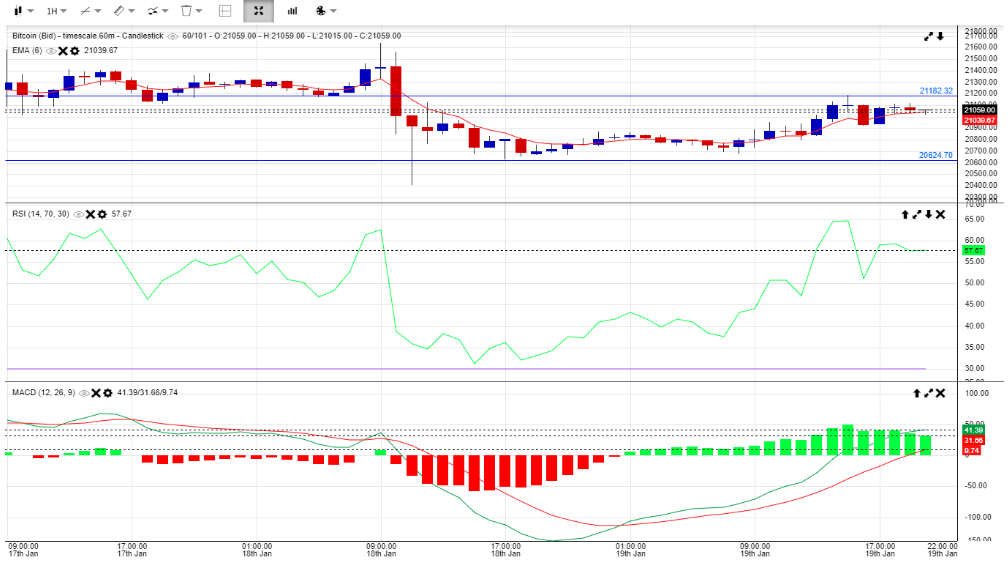
Note: All indicators are specific to the time frame on the chart. An hourly chart will have different resistance and support levels, trends and candle patterns compared with a daily chart.
Keep Calm And Carry On
Possibly the most telling feature of technical analysis is objectivity. Trading requires discipline. Dealing in money, live Profit&Loss reports, and the very nature of speculation is all emotional and subjective. While not dismissing educated opinions and learning from others, the information often has little to do with timing the market. For the technical trader it’s all about timing, data and following an objective trading plan.
A successful trader is an educated trader. Patience, diligence and humility, coupled with a strategy and a trading plan will allow you to make educated and calculated trading decisions.
David Azaraf January 23, 2023
Crypto enthusiast, help businesses plug into the token economy
